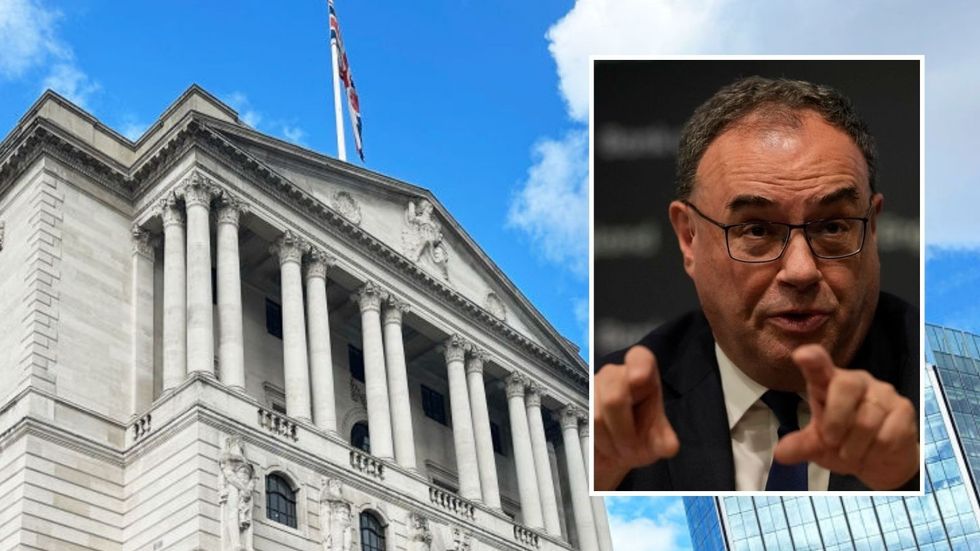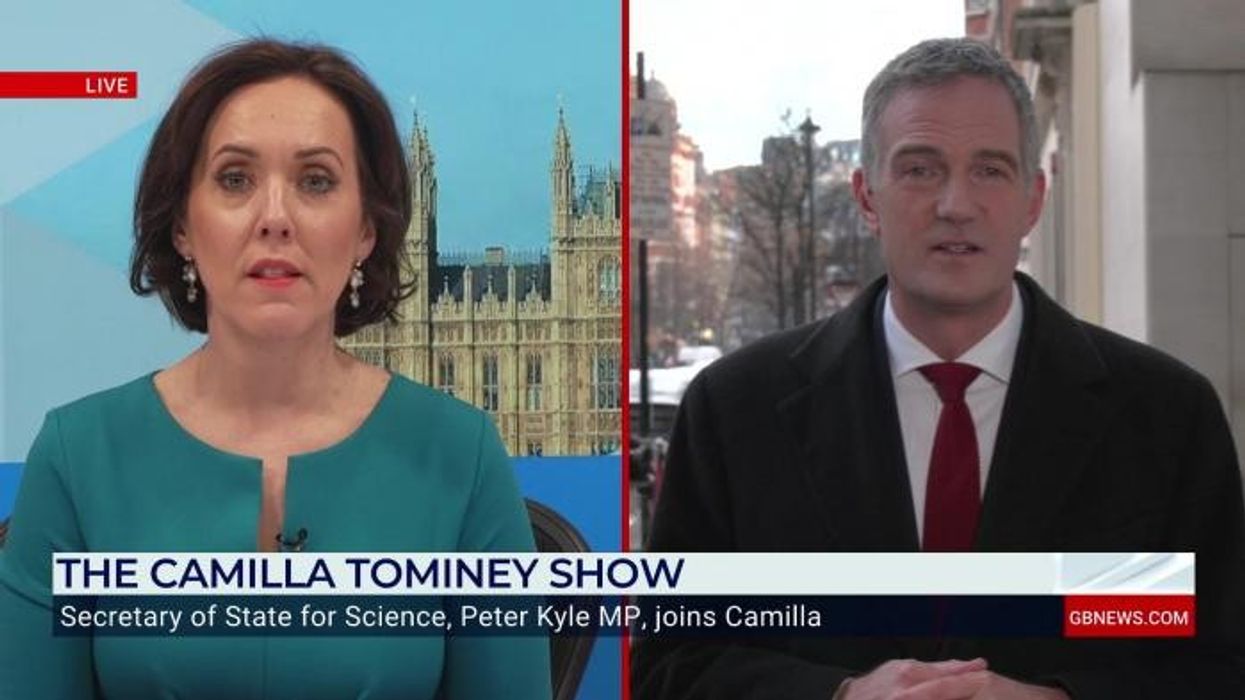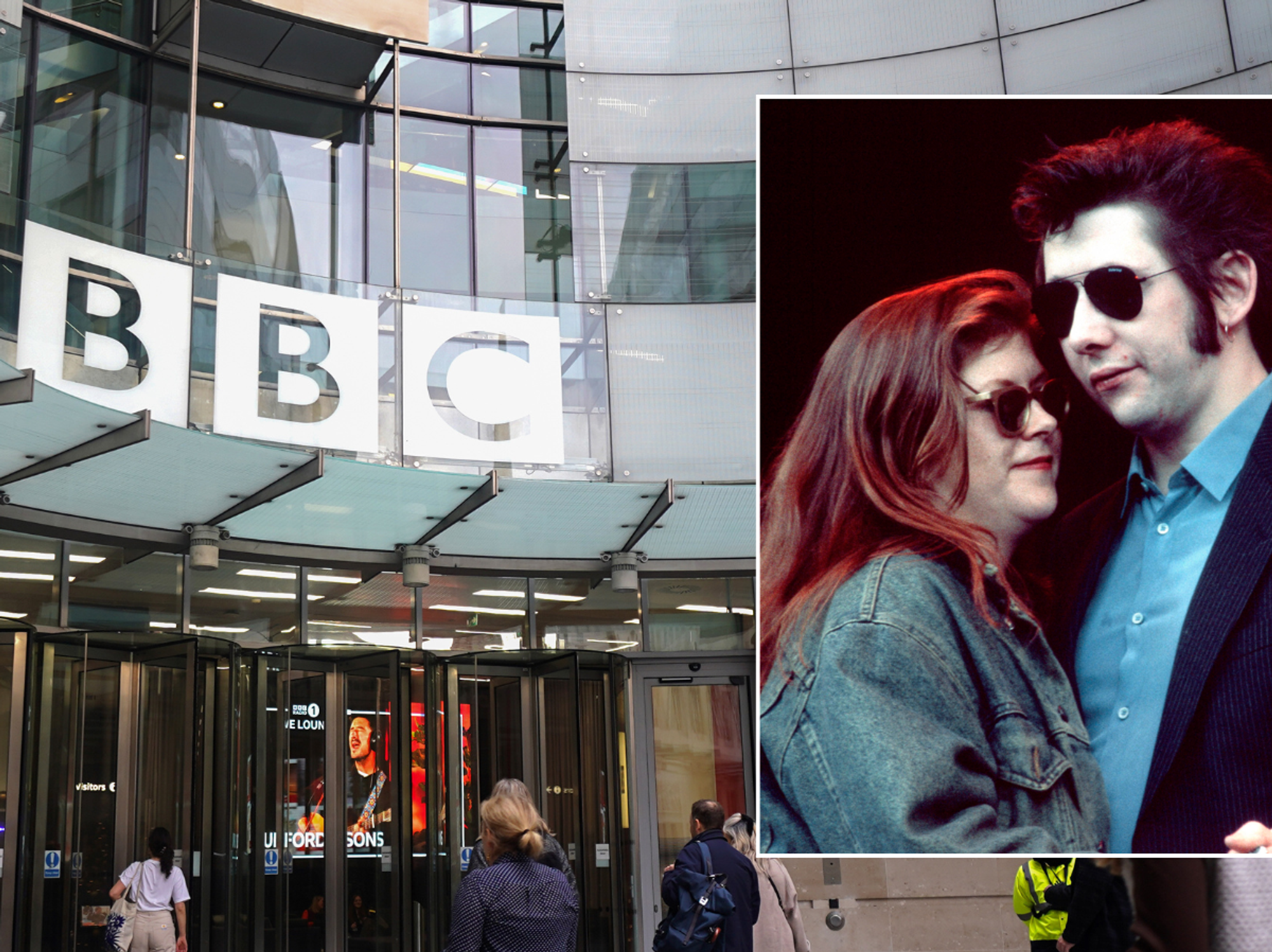Bank of England to cut interest rate six times by next year as UK economy slumps, Goldman Sachs says

As concerns about the economic outlook rise, investors expect the Bank of England to cut interest rates in February
Don't Miss
Most Read
Latest
Markets are greatly underestimating the likelihood that the Bank of England will need to speed up the pace of interest rate cuts, Goldman Sachs has argued.
They forecast that UK interest rates could drop to 3.25 per cent by the second quarter of 2026.
The Bank of England could cut interest rates six times by next year due to sluggish economic growth, according to the US investment bank.
Goldman analysts believe that the markets are underestimating the number of rate cuts, stating: “We believe that markets are pricing too few rate cuts.
“While it is possible that the Bank of England will slow the pace of cuts if underlying inflation fails to make progress, we believe that a step-up to a sequential pace of cuts in response to weaker demand is actually more likely.”

The Bank of England rate cuts could happen more quickly, Goldman sachs says
| GETTYWhile markets expect two interest rate cuts this year, most economists think the Bank of England will reduce rates every quarter in 2025, with a 0.25 per cent reduction likely at the next meeting on February 6.
Rates were cut twice last year, from 5.25 per cent to 4.75 per cent.
Goldman Sachs points to weaker-than-expected economic growth as a key factor that will likely prompt the Bank of England to loosen policy more quickly.
November's GDP growth was just 0.1 per cent, below expectations, and services inflation dropped to 4.4 per cent in December.
They also noted that private sector surveys suggest the labour market has weakened following the October Budget, which raised taxes on employers. Unemployment has increased to 4.4 per cent, and job vacancies have fallen to their lowest level since mid-2021.
The US investment bank acknowledged that price pressures were “uncomfortably high”, but said there were “several indications” that the medium-term inflation outlook was “softening”.
Most analysts think that the economy was essentially flat at the end of last year, while fears about inflation have started to rise up the agenda again too.
LATEST DEVELOPMENTS:
Economists think the headline rate of inflation could surpass three per cent by the spring on the back of higher energy prices, a weaker pound and the impact of the Budget.
Analysts led by Sven Jari Stehn said: “Growth has weakened markedly…household real disposable income growth is likely to slow…and rising trade tensions are likely to weigh on activity.”
They expect the UK economy to grow 0.9 per cent in 2025, notably behind the consensus estimate of 1.3 per cent.
Goldman analysts added: “While some of this weakness is likely related to expectations for a negative employment effect from the upcoming national insurance increase, we now see notable signs of underlying cooling, which should weaken pay pressures over time.
“We are sceptical that Bank Rate can stay above four per cent persistently – as priced by financial markets – without materially weakening the economy and thus inflation.”
Three members of the nine-strong Monetary Policy Committee (MPC) voted to cut rates in December as the Bank said the economy was stagnant in the fourth quarter.
Alan Taylor, a new member of the Bank's monetary policy committee, indicated last week that he would be open to cutting interest rates five or six times saying he would be comfortable with this approach “to get interest rates back toward normal to sustain a soft landing.”











